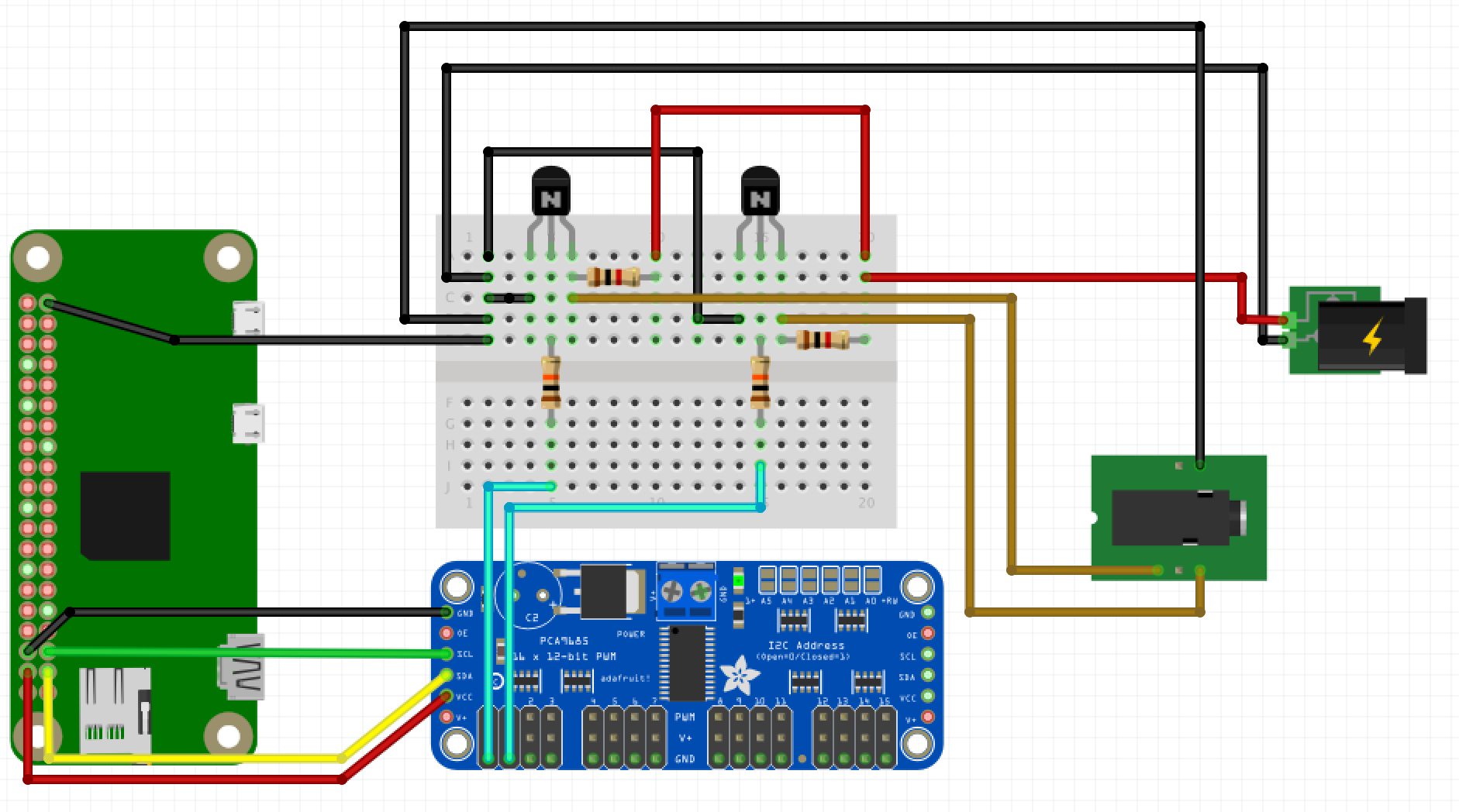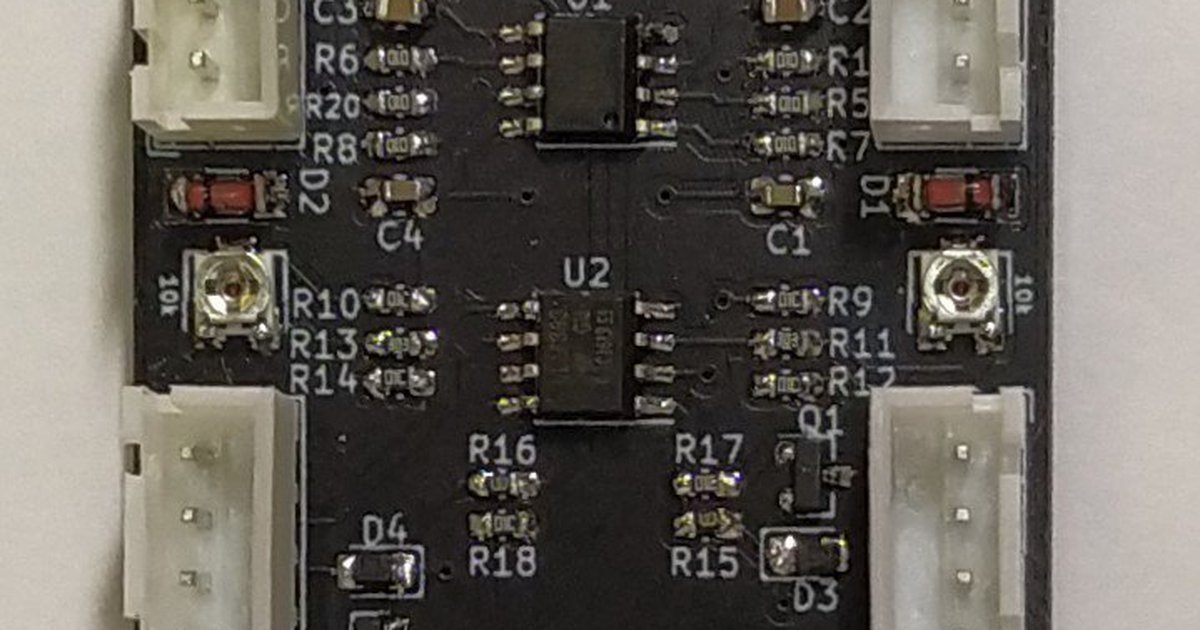- Joined
- Oct 29, 2019
- Messages
- 641
- Reaction score
- 440
Does anyone have hints on figuring out if a lighting solution is compatible with Reef Pi Lighting controller? Obviously the Kessil models listed in the article will work, but I'd like to buy a cheaper light to start just to get familiar with how it works. I'm also not 100% I'm putting a reef in my new 120g. I may do freshwater and I'd prefer not to spend $1k on lights if I don't actually need them for corals or plants. I want to use Reef Pi to get a gradual day/night cycle in any case because I want to see how my fish do at dawn and dusk.
I suppose it at least has to plug in to a 2.1mm barrel from the parts list, but that info isn't typically in the spec sheet when you're buying lights online. Or perhaps you cut and re-wire the cord to plug into that, but that's also something I'd prefer not to do to a $300 light, at least not until I've done it once before and know how it works.
I suppose it at least has to plug in to a 2.1mm barrel from the parts list, but that info isn't typically in the spec sheet when you're buying lights online. Or perhaps you cut and re-wire the cord to plug into that, but that's also something I'd prefer not to do to a $300 light, at least not until I've done it once before and know how it works.


























